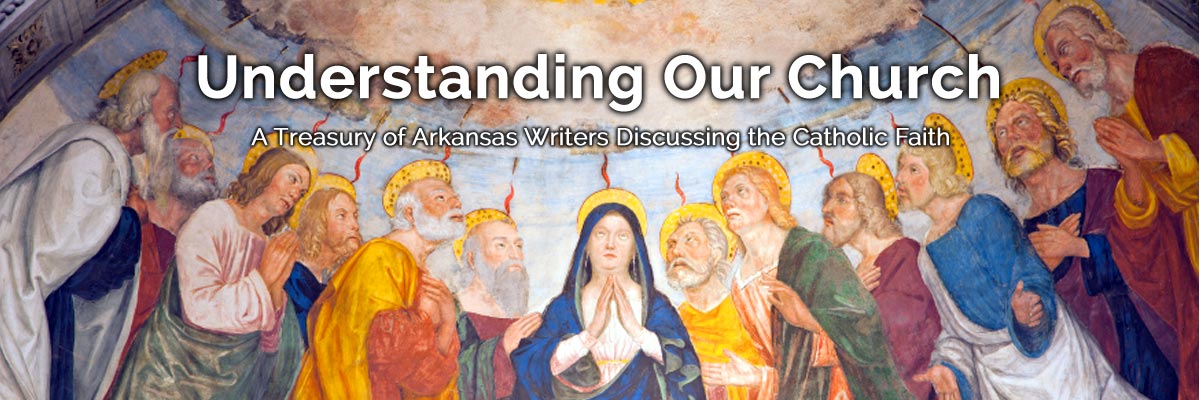Official Website of the
Catholic Diocese of Little Rock
Church teaching says cremains require same respect as a body
Published: December 1, 2016
By Father Jason Tyler
Diocesan Bioethicist
On Oct. 25, the Vatican’s Congregation for the Doctrine of the Faith issued an instruction called “Ad resurgendum cum Christo” (“To rise with Christ”). This instruction was largely a reminder as it mostly re-presented what has been the norm for the past 50 years regarding cremation in the Catholic Church. The instruction does, however, serve as a reminder not only for what we do and don’t do when cremation is chosen, but also why we treat cremated remains with respect and dignity.
Some may remember a time when Catholics were told very strictly not to be cremated. The prohibition on cremation was based largely on the idea that burial of the body expresses our belief in the resurrection. While on earth, our bodies and souls are united. When we die, body and soul separate; the body remains on earth while the soul goes to heaven, hell or purgatory. At the final resurrection, the souls in heaven will be reunited with their bodies.
At one time, cremation was used mostly by atheists and others who denied the resurrection. They cremated the bodies of loved ones in order to make a point contrary to our faith. By the mid-20th century, however, that motivation was no longer the reason that people were opting for cremation.
We do not keep loved ones’ ashes in our homes or divide them among loved ones because we would not do so with a body. We do not put them into pieces of jewelry as though we could somehow “own” the bodies of our loved ones. Respecting our loved ones’ remains and expressing our faith in the resurrection, we also do not scatter their ashes.
So, in 1963 the Vatican’s Holy Office (the predecessor to the Congregation for the Doctrine of the Faith) stated that while burying the body is still the preferred practice, cremation is not “opposed per se to the Christian religion” and that Catholic funeral rites should not be denied to anyone who chose cremation unless that choice was motivated by reasons contrary to the faith — for example, denial of the resurrection would be a motivation contrary to the faith.
In the years that have followed, cremation has become much more common. I would estimate that in the various funerals I have done over the past 11 years, roughly half have been for those who chose cremation.
“Ad resurgendum cum Christo” reminds us that burial of the body in a cemetery is the “most fitting way to express faith and hope in the resurrection of the body.” Burial in a cemetery also expresses a close relationship between the living and the dead. We pray for the dead and seek their prayers for us.
That instruction goes on to remind us that the cremains merit the same respect as a body does. Thus, cremains are also to be interred in a cemetery or columbarium. Interment also reminds us who are living to continue praying for the dead, and it reminds us of our closeness with the deceased. We do not keep loved ones’ ashes in our homes or divide them among loved ones because we would not do so with a body. We do not put them into pieces of jewelry as though we could somehow “own” the bodies of our loved ones. Respecting our loved ones’ remains and expressing our faith in the resurrection, we also do not scatter their ashes.
Our bodies deserve respect both during life and after death. Our bodies are, after all, part of who we are. We are both body and soul, not merely souls trapped inside of bodies. Put very simply, matter matters. We thus treat our bodies as temples of the Holy Spirit while we live and we respect the physical remains of our loved ones after their souls have gone forth from us.
“Burying the dead” is one of the corporal works of mercy. This work is carried out whether we speak of a body or of cremains. Providing our loved ones a final resting place offers us the possibility of visiting that site and offers future generations a chance to pray for them as well. It is also a testament to their human dignity.




